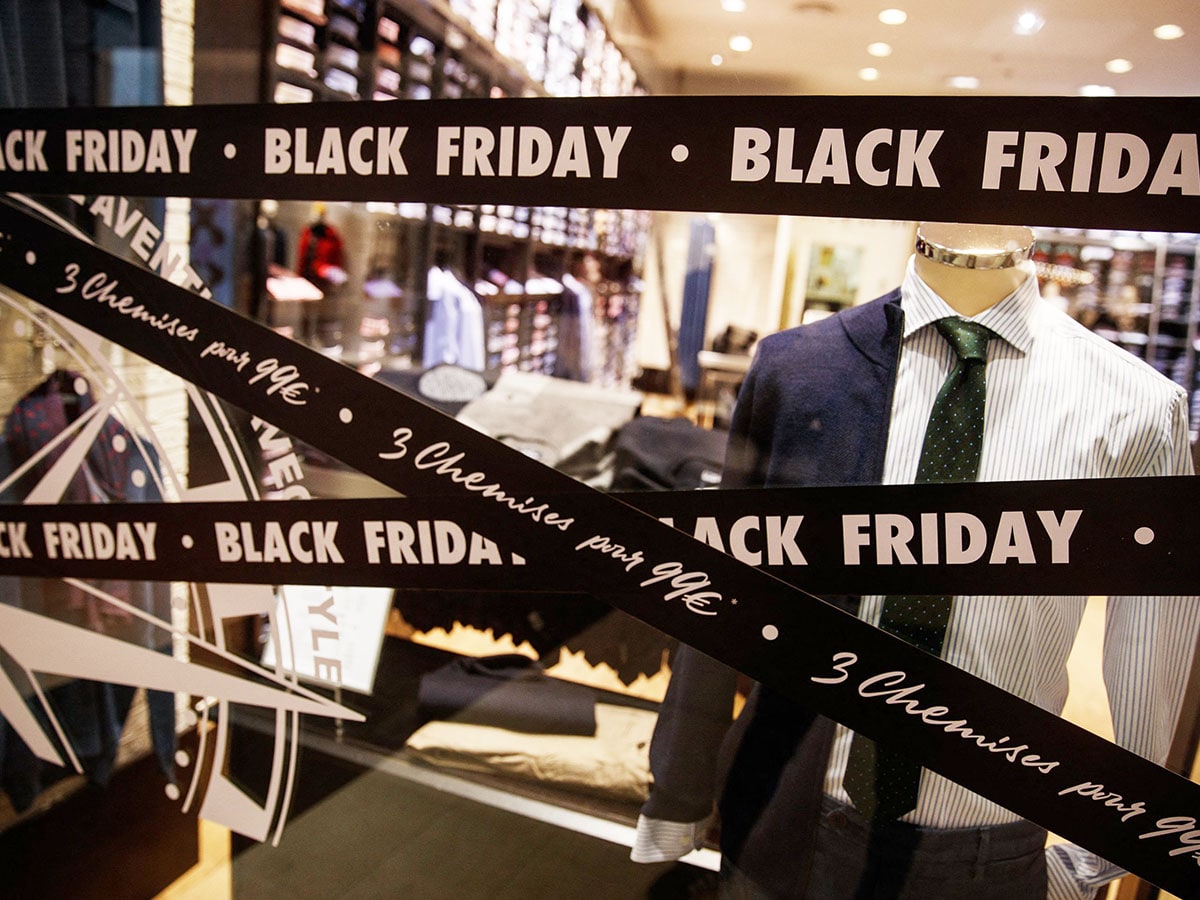After the sticker shock during the latter stages of the pandemic, a familiar frustration has settled in towards consumer prices that remain broadly elevated even if they have stopped rising rapidly.
Americans are “ready to open their wallets this holiday season,” said the Conference Board ahead of Black Friday—the day after Thanksgiving, which this year, falls on November 28—that traditionally sees US stores kick off the Christmas shopping season with steep discounts.
“US consumers plan to spend more than last year, but inflation reduces how far their dollars can go.”
In this environment, nobody expects to pay the full price for items.
“Holiday shoppers are likely to increase their budgets this year versus last year but remain selective and are looking for discounts,” said a note from Morgan Stanley.
The investment bank’s survey found that 35 percent planned to spend more this holiday season. But nearly two-thirds would skip a purchase if an item is not adequately discounted, meaning a price cut of more than 20 percent.
“It’s gonna be a good year, but I don’t think that growth is going to be spectacular because consumers are still under pressure,” predicted Neil Saunders of GlobalData.
Inflation remains above the Federal Reserve’s two percent long-term target, rising in October to 2.6 percent on an annual basis from 2.4 percent in September. But that’s significantly below the peak level of 9.1 percent in June 2022.
Other recent economic data has been solid. Unemployment remains low at 4.1 percent, while a preliminary GDP reading for the third quarter came in at 2.8 percent.
But Joe Biden’s presidency coincided with about a 20 percent rise in consumer prices as Covid-19 pandemic lockdowns gave way to supply chain bottlenecks.
That inflation played a central role in the 2024 US presidential election, with Republican Donald Trump defeating Biden’s appointed Democratic successor, Vice President Kamala Harris.
“There is still a perception among consumers that things are quite difficult,” Saunders said. “So people are being quite cautious and careful in their spending.”
Also read: In no rush to go back to the world of ultra-low interest rates: US Federal Reserve
Tariff hit?
How Trump’s looming presidency will affect inflation remains to be seen. Industry groups have warned that tariffs favored by the Republican could reignite pricing pressures.
The National Retail Federation projected that a Trump tariff proposal floated during the campaign would dent US consumer budgets by as much as $78 billion annually.
But while tough potential trade actions are already preoccupying Washington trade groups, tariffs are not on consumer radars for the 2024 season, according to Saunders.
One challenge this year will be the shortness of the season.
Black Friday falls at the latest possible date on November 29, shortening the stretch between Turkey Day and Christmas on December 25.
But the impact of that dynamic on 2024 sales should not be overstated. Retailers in recent years have pulled the holiday shopping season ahead, with some vendors launching online “Black Friday” promotions as early as October.
Among the companies that have already begun discounts: the big-box chains Walmart and Target, electronics giant Best Buy and home-improvement retailer Home Depot.
Amazon officially launched “Black Friday Week” on Thursday.
NRF has projected holiday spending growth of between 2.5 and 3.5 percent in the 2024 season compared with the year-ago period, to as much as $989 billion over the two-month period.
Economists with the trade group have pointed to an easing of gasoline prices as a supportive factor.
Online sales are projected to grow as much as nine percent this season, extending a long-term trend. Black Friday itself has become a big occasion for online shopping, along with “Cyber Monday” three days later.
“Over time, we’ve moved from a period where it was just Black Friday, and maybe a little of the weekend, to it being a period of discounting that starts very early,” said Saunders. “It’s seasonal discounts.”
There has been a diminishment of “doorbuster” sales that are known to draw hordes of waiting crowds, sometimes resulting in injury or worse.
Instead, increasing numbers of consumers are spreading out their purchases or opting to click through Black Friday promotions at home.
 Black Friday falls at the latest possible date on November 29, shortening the stretch between Turkey Day and Christmas on December 25.
Black Friday falls at the latest possible date on November 29, shortening the stretch between Turkey Day and Christmas on December 25.
